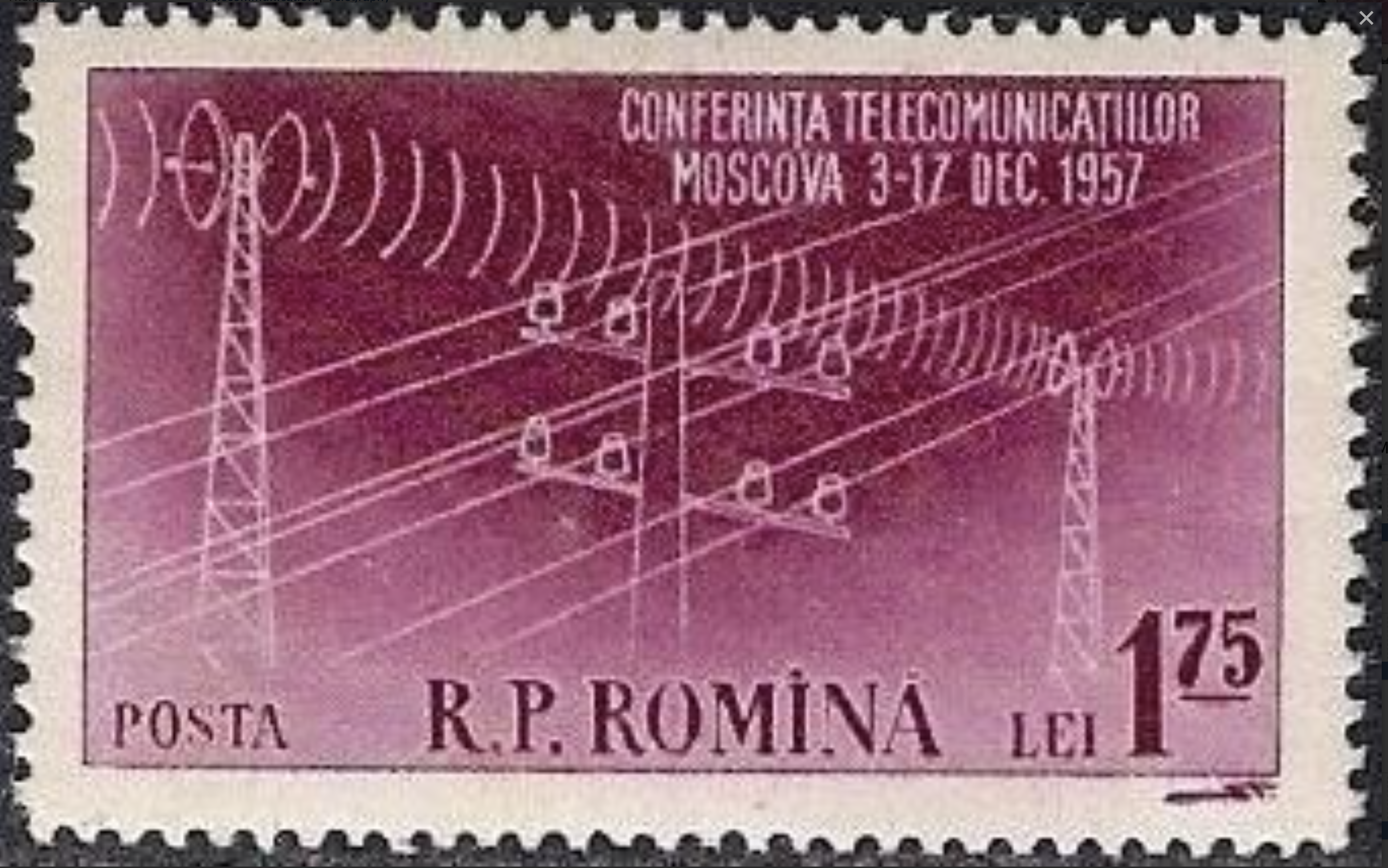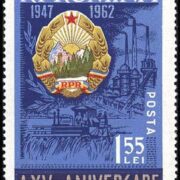Romania #1871 (1966) – Common Mare’s Tail (Hippuris vulgaris)
$0.35
Romania #1871 (1966) – Common Mare’s Tail (Hippuris vulgaris)
2 in stock
Description
Romania #1871 (1966) – Common Mare’s Tail (Hippuris vulgaris)
Used
Common mare’s tail (Hippuris vulgaris), also known as mare’s-tail or horsetail, is a perennial aquatic plant that belongs to the family Hippuridaceae. This plant is native to regions in North America, Europe, and Asia and is typically found in freshwater habitats such as ponds, lakes, slow-moving rivers, and marshes. It is known for its distinctive appearance and unique growth pattern.
Here are some key characteristics and information about common mare’s tail:
- Appearance: Common mare’s tail is a submerged aquatic plant with a distinctive appearance. It features a central stem with whorls of fine, slender, needle-like leaves that are densely arranged in a tiered fashion, giving the plant the appearance of a horse’s tail, hence the common name “mare’s tail.”
- Habitat: This plant thrives in freshwater environments, often found in slow-moving or still waters. It prefers clean, nutrient-poor, and acidic to neutral conditions. In its native habitat, it can form extensive underwater meadows.
- Growth: Common mare’s tail typically grows as a submerged aquatic plant, with its leaves completely underwater. It can also grow partially emergent in shallow water. The plant reproduces primarily through vegetative means, forming new shoots from the base of the stem and gradually spreading to create dense colonies.
- Flowers: Common mare’s tail produces small, inconspicuous flowers that are greenish or brownish in color. The flowers are unisexual, with male and female flowers found on separate plants. After pollination, they can produce tiny fruits.
- Ecological Role: This plant provides important habitat and shelter for various aquatic organisms, serving as a nursery and breeding area for fish and invertebrates. Additionally, its dense growth contributes to improved water quality by oxygenating the water and providing a substrate for beneficial microorganisms.
- Use in Aquaria: Common mare’s tail is occasionally used in aquariums and water gardens due to its unique appearance. However, it may require special attention and maintenance in a controlled environment.
- Conservation Status: In its native range, common mare’s tail is not typically considered an endangered species. However, its health and presence can be used as an indicator of good water quality in freshwater ecosystems.
Common mare’s tail is a visually distinctive aquatic plant known for its appearance resembling a horse’s tail. It plays a significant role in aquatic ecosystems, both in providing habitat for aquatic life and in improving water quality. While it may not be as commonly used in aquaria as some other aquatic plants, it has its own appeal for those interested in unique aquatic flora.
Ready to ship in 3-5 business days from United States (US)
Additional information
| Weight | 0.0149 lbs |
|---|---|
| Condition | |
| Country | |
| Scott Number | |
| Stamp Format | |
| Stamp Type | |
| Year of Issue |













